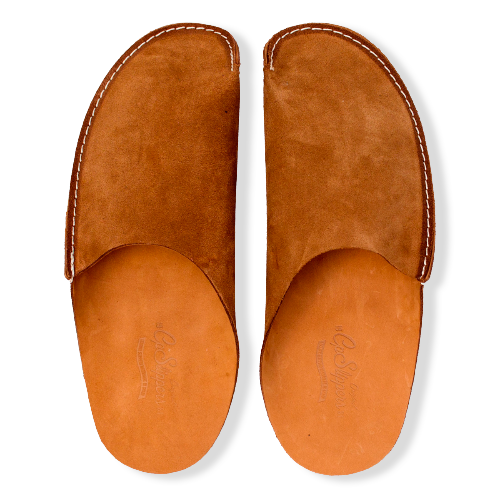When people talk about leather, you often hear the terms tanning, patina, and Napa leather. In this article, we will clarify these terms.

The Process of Tanning
The art of tanning leather is complicated, and different layers are involved. The material is split with the layer containing the hair on the top and the underlayer beneath. The layer on top is referred to as a full grain, and elements such as sun and air give it the softness and strength required for a fine product. The material has five stages in tanning: pre-tanning, tanning, selecting, dressing, and finishing. The hide is first soaked in revolving drums to extrude the salt. Liming is used to remove the epidermis and hair with calcium hydroxide. The material becomes more flexible and softer when sodium sulfide is used. The material is then split to ensure the smoothness of the top layer.
Tanning turns the hide into leather—done with mineral-based salts to penetrate the hide quickly in one or two days. The hide becomes blue with a soft and fine finish. Once the tanning is complete, the water is removed, and the hide is graded according to quality, with Nubuck and Aniline considered the best. The hide is shaved, dyed, modified, and dried on a frame. Any rough edges are removed before the final finishing process. Blemishes are minimized, and a protective surface is applied.

The Natural Patina
The highest quality of leather has a natural patina it acquires with age, sunlight, heat, water, moisture, dust, dirt, and the oils from the body. It requires care, including being wiped down, conditioned, and stored. If the hide has been painted, it will not develop a patina. Products from full grain will have the best patina, including cow, alligator, and ostrich hides. Using your product naturally will provide the best results, although patience is necessary. The more the item is handled, the faster the process will occur, and the beauty and value will increase. Check HappyPatina leather goods to see how patina is an amazing experience using leather goods.

The Attributes of Napa Leather
Napa leather is characterized by softness, and smoothness, can come from any type of animal skin and is referred to as Aniline. It is considered precious, expensive, and flawless, although it is sensitive to insect bites, dirt, bleaching, and scratches. Usually, the pores of the hide have not been sealed, and it has been dyed with water-soluble colors. The grained side has been sanded, resulting in an extremely smooth surface, causing an even more pronounced appearance to the hide's natural features. Napa leather is permeable by vapor and water, so the heat exchange is excellent. A binding agent is used to apply the color properly when the hide has been pigmented. Although this makes the hide less breathable, it is much easier to clean.
CP Slippers are made with hand-chosen and crafted Napa leather.
Be sure and return to learn more about leather terms, uses, and processes in our continuing story about the History of Leather. Did you know that "Genuine Leather" is the lowest quality leather? In our next installment, we will discuss the difference in the three "qualities" of leather, Full-Grain, Top-Grain, and Genuine Leather.





